- Learning time
- 20 minutes
- First play time
- 40 minutes
Take the A Chord
Designed by: Saashi
Take the A Chord is a trick-taking game inspired by jazz. If that sounds a bit nuts – well, it is.
Players are dealt a hand of cards and the trump suit is determined by flipping one of the un-dealt cards. The flipped card also shows the strongest chord: in the centre of the table is a card circle showing the the musical notes A to G: each card not only has a suit (we’ll refer to them as colours for simplicity’s sake) but a chord as well. The starting player plays a card of their choice, and then all other players must play a card of the same colour, if they have it – unless they have a card of any previously-played chord, in which case they may choose to play that instead. We’ll come to why shortly.
But in our example round, a green card is played. Two players follow suit with green cards, someone else doesn’t have a green or a matching chord so they play a yellow card. Now the trick is resolved, ignoring the colours: the highest chord played wins the trick. If the winning card was also the current strongest chord, the winner gets a bonus trick called the spotlight. However, there is only one spotlight, so it may swing away from you again to someone else!
A new example: A green G is played, and subsequently rather than follow suit someone chooses to play another G. After resolving the trick, there is a key change and the previous strongest-chord changes to the chord of the duplicated chord cards: for instance, if the strongest chord is A but two Fs are played, in the next trick F is now the strongest chord. If – this is the last if – however the last player to lay a card plays the same chord as the starting player, then there is an improvisation.
For an improvisation, an extra trick is instantly played starting with the player who triggered it. The winner of this trick will win two tricks: the improvisation itself and the preceding trick, along with a bonus 15 points. And it’s possible to end an improvisation with another improvisation, making three tricks available!
Because it’s jazz, though, Take the A Chord isn’t simply about winning the most tricks, but finding nuance, harmony and balance. Or to put it more bluntly, you don’t want to win too many tricks! A single trick is worth 10 points, two tricks are 20 and three tricks 30. But after that tricks are far less rewarding, with four tricks only worth 10 points and five tricks none at all. More than five is disaster; you begin collecting minus points! Players play three rounds (until all cards have been played), scoring each of them, and then the player with most points wins.
The guru's verdict
-
Take That!
Take That!
Every trick is a fight to have it - or, in this particular game, not have it. But it's all quite abstract and once-removed. It'd be hard to feel offended by a card game.
-
Fidget Factor!
Fidget Factor!
Low. Although Take the A Chord has a kind of wonky, unintuitive feel to it, the rules are reasonably light and decisions aren't onerous.
-
Brain Burn!
Brain Burn!
That said however, there *are* decisions to be made, and shifting the chord at the right time can be pivotal to your progress. Likewise an improvisation, and likewise *not* winning tricks when you already have three in your pocket!
-
Again Again!
Again Again!
This is a curio of a game, rather quirky and even for those who master the (simple, but odd) rules quickly, the random factor of the cards and how they are played will keep it fresh and challenging for numerous revisits.

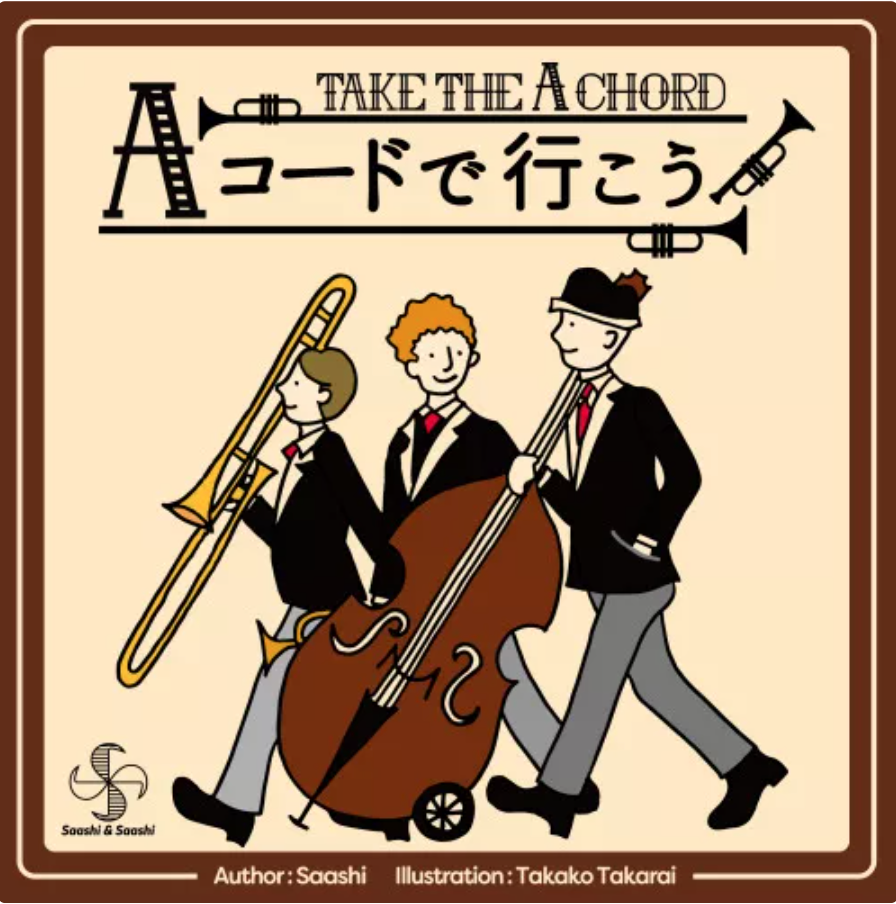



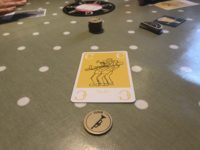
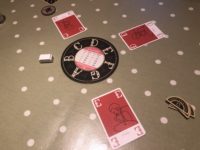



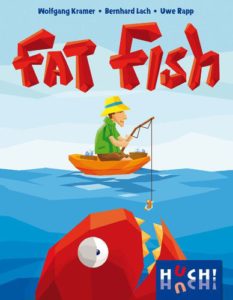
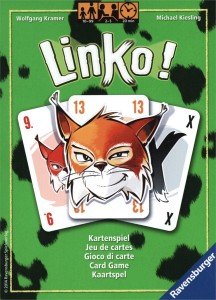
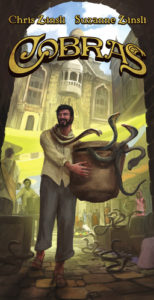
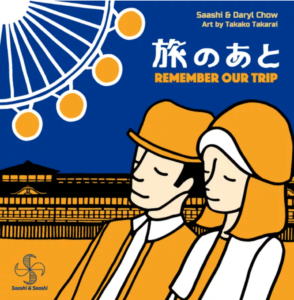

Sam says
The games of Saashi always seem to have something unique about them: not necessarily the most accessible games out there, but some of the most interesting. Take the A Chord is no exception: the rules are simple but they are also, it must be said, kind of nuts. On my first play I found the whole thing kind of elusive and mysterious and even in the final round we were still clarifying rules: not, as I said, because they are complex - but because they are (as you might anticipate for a game themed around jazz) not straightforwardly intuitive. But we all enjoyed it because of that weirdness, and I'd be happy to play this again.